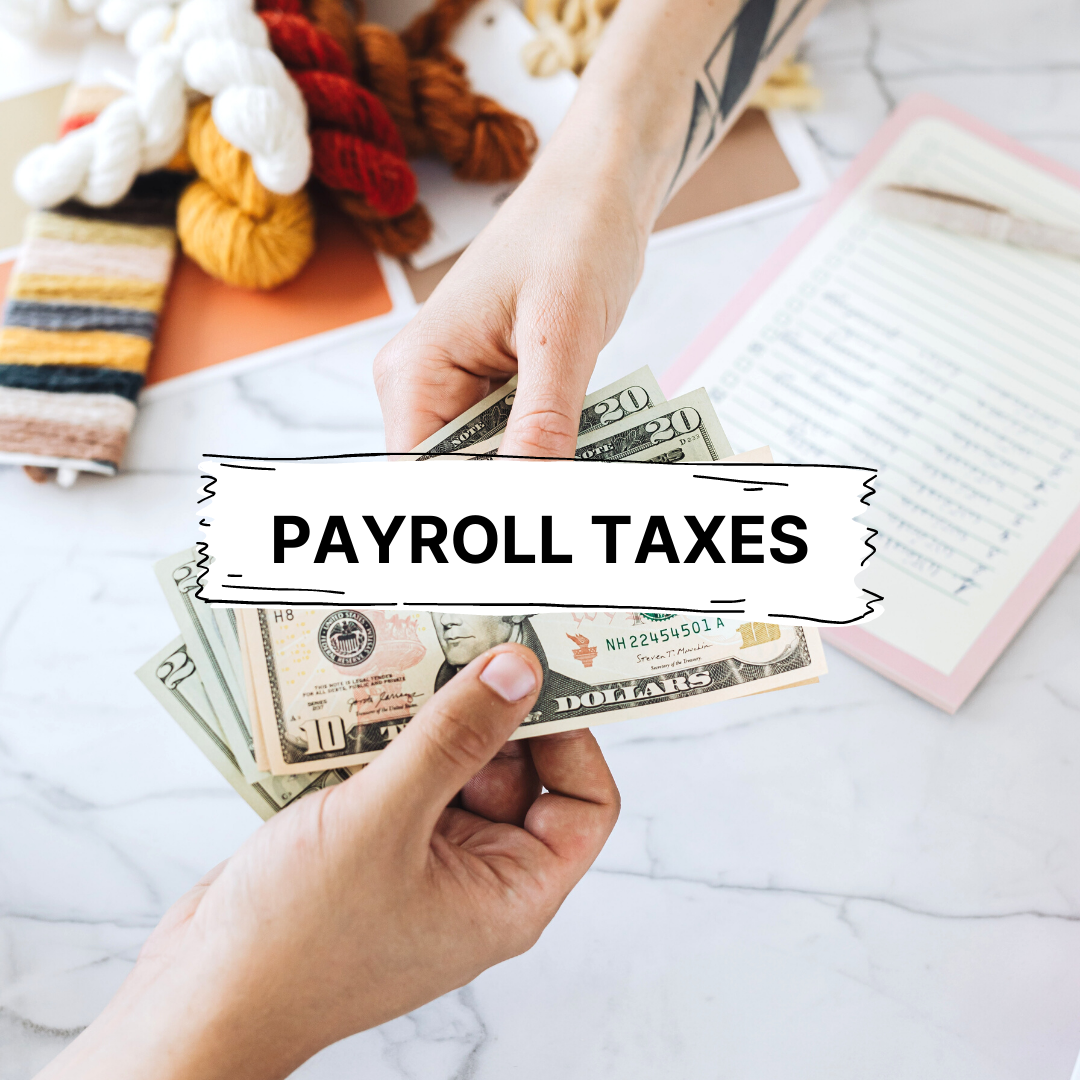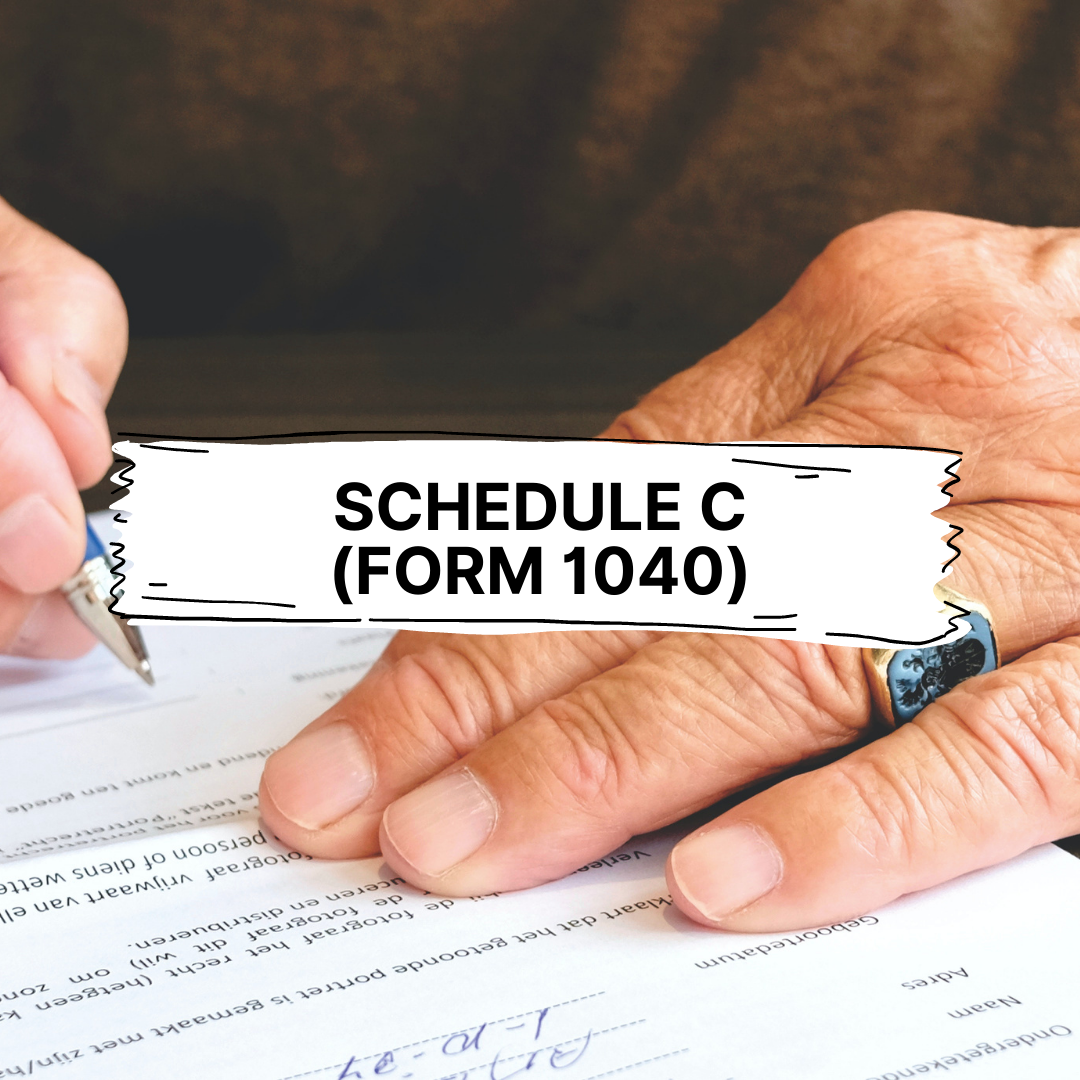The tax code is filled with exceptions—there are modifications, alternative minimum tax (AMT), and special rules just about everywhere you look.
When does the tax law say that employees can deduct certain expenses on their tax return but self-employed people cannot?
Seems unfair. The law is not always fair, however. That is what our job is, to make it as suitable as possible for you.
Filing Schedule C (Form 1040) can be tricky. To determine if you will need to file a schedule C, you should know your profit and loss situation. You may want to consider filing a schedule C if you are in business, have inventory, or taking a loss on your tax return. This form is used to report your business income and expenses to the Internal Revenue Service (IRS).
Here is an overview of the topics covered:
1) What are the steps involved in filing Schedule C?
2) What are the different operating business modes to be considered while filing Schedule C?
3) How to figure out how much tax you owe through Schedule C?
4) What is the Significance of Filing Schedule C?
5) What are the different categories available in Schedule C?
6) How can you simplify the process of filing Schedule C?
7) How to distinguish between different methods for filing Schedule C?
What are the steps involved in filing Schedule C?
Filing Schedule C (Form 1040) can help you deduct business expenses and net profit or loss. You need to file Schedule C if you are self-employed. The IRS recommends adding up all your business expenses before determining your net profit or loss.
The following steps will guide you through the process of filing Schedule C in 2022:
- Gather your information for your taxes. This includes all your income information from W-2s and 1099s from companies you were paid from throughout the year and information about your business expenses related to self-employment taxes such as travel, professional memberships, and a home office if applicable
- Complete Schedule C: Profit or Loss from Business by deducting operating expenses (line 22) against business income (line 12). You must complete Schedule C every year even if you do not profit or lose your business
- Check box A if your net profit is $400 or less on Schedule C. You will not have to pay federal self-employment tax if this applies to you; that means the first $400 of profit
The IRS offers a tax deduction to self-employed individuals equal to 50% of the net profit from their business. If you are a small business or sole proprietor, you are self-employed and must file Schedule C (Form 1040) with your tax return to claim this deduction. The IRS allows deductions for the cost of doing business, including advertising costs and home office expenses, but some items cannot be deducted at all.
What are the different operating business modes to be considered while filing Schedule C?
A sole proprietorship is one method of doing business in which an individual owns and operates a company without incorporating it as a separate legal entity. For example, if you sell your handmade jewellery at craft fairs, you're running a sole proprietorship business that isn't incorporated.
When you file Schedule C (Form 1040) with the IRS, you can take deductions for money spent on supplies, advertising, and other costs related to your business.
The taxable income from your Schedule C (Form 1040) is reported on Form 1040. If you had $10,000 in net profit from your jewelry business and claimed $5,000 in allowable expenses, only $5,000 would be taxed because of the 50% deduction.
Filing Schedule C can be unpleasant, but it is a necessary evil if you are an independent contractor or self-employed. Schedule C is the form you use to calculate your tax liability on business operations. It's not just for people who work from home either. If you have any business expenses, you have to file Schedule C with your Form 1040.
How to figure out how much tax do you owe through Schedule C?
Trying to figure out how much tax you owe on Schedule C can be difficult at best, especially when the numbers in question are so big. Your tax liability could efficiently run into the tens of thousands of dollars, which is a lot to handle all by yourself. Filling out the form itself isn't exactly a walk in the park either. The IRS doesn't make it easy with its complicated language and strict formatting rules.
You need to file Schedule C if you are self-employed or a partner in a firm and your business had total sales of $400 or more. If you have employees, you must file Schedule C even if you are a one-person business.
Schedule C is the form used to report profits and losses from a business you operate. It's used by sole proprietorships, partnerships, corporations, S corporations, and limited liability companies (LLCs). Unless they're organized as an S corporation, most businesses use this schedule for their taxes.
What is the Significance of Filing Schedule C?
Schedule C is attached to Form 1040. This schedule breaks down your income from your business into specific categories so that the correct tax forms can be completed for each type of income. The income on Schedule C is typically reported on Form 1040 Line 12 as "business income.
Filing Schedule C (Form 1040) in 2022 is a challenge because business expenses can add up quickly. But if you know what to expect and where to look.
Don't forget that you'll also need to pay self-employment taxes — Social Security and Medicare taxes — along with federal income tax.
The first step will be to gather all of your receipts for the year. These will be used to fill out Schedule C on your tax return. Ensure that you keep track of every receipt, so they don't get misplaced or lost.
In addition to keeping track of your expenses, make sure that you keep track of the mileage you are driving in the line of business. You can use either the standard mileage rate or actual costs for each year.
What are the different categories available in Schedule C?
You will have a few different categories for expense deductions on your Schedule C. The most common ones are:
Office expenses include things like paper and pens but can also include computer equipment and software used exclusively for the business. Be careful not to spend too much here since there is only so much room on this schedule for write-offs.
When you have self-employment income, filing Schedule C (Form 1040) can help you save taxes. This document is used to report profits and losses from a business you own or operate.
Treat Schedule C as a brief tax return, filing it with Form 1040, the main tax return document.
How can you simplify the process of filing Schedule C?
Certain small businesses can choose instead to file using a simplified method. These include sole proprietorships that have taxable income under $50,000, either alone or combined with their spouse if they are married filing jointly; partnerships that have a total revenue of less than $25,000 for the tax year; and S corporations that have taxable income of less than $7,500 per shareholder.
You use Schedule C (Form 1040) to report your business income and expenses. When you prepare your tax return, you will compare the profit or loss from your business with the profit or loss from your other activities to determine whether you have a net profit for the year.
Filing a Schedule C does not automatically make you self-employed. You might be self-employed, but if your net earnings are $400 or less and you worked as an independent contractor, you must file Schedule C (Form 1040) and Schedule SE (Form 1040) but not Form 1040-SS.
You must sign a statement on Schedule C swearing that you comply with Social Security rules. If you are not in compliance, this may result in a $100 penalty (additional penalties may apply).
How to distinguish between different methods for filing Schedule C?
Filing Schedule C is simple enough if all you did was one activity: You turn your profit into line 12 and your expenses into lines 18 through 26. The only problem is, most sole proprietors do more than one thing. Sometimes, they do two or three things simultaneously (like having two businesses going at once) or sequentially (like starting with one business and moving on to another).
If you have multiple activities in your business, determining what goes where gets a little tricky.
Filing Schedule C is simple enough if all you did was one activity: You turn your profit into line 12 and your expenses into lines 18 through 26. The only problem is, most sole proprietors do more than one thing. Sometimes, they do two or three things simultaneously (like having two businesses going at once) or sequentially (like starting with one business and moving on to another).
Wrapping Up
There are specific criteria that must be met before you can file Schedule C. You must be self-employed and not a regular employee of another company.
In addition, if you intend to claim expenses related to your home on Schedule C, you must use your home for business purposes on a regular and ongoing basis. If these factors apply to you, it is possible to file Schedule C and use it to deduct expenses from your income.
Key Takeaways
- Self-employed sole proprietors use schedule C. If you had any other kind of business in your sole proprietorship — like an S corporation or a partnership (or if you were a shareholder and employee of an LLC) — then you would have to file additional forms for those types of businesses
- Treat this schedule as if it were part of Form 1040, which means that you'll report the income or loss from your sole proprietorship on the front page of the form
- But because you're self-employed, there will be a section on the back page of the form related to Schedule C. This section refers to Schedule C, so be sure to fill it out
- Apart from allowing you to deduct more expenses from your income, filing Schedule C requires that you keep better records than if you were reporting income from a job or salary
- To fully claim every legitimate expense related to your business, you must keep careful records of all of them throughout the year. This includes any costs associated with your business travel, supplies, or other related directly to your small business operation
Related Articles











